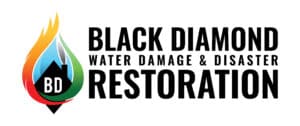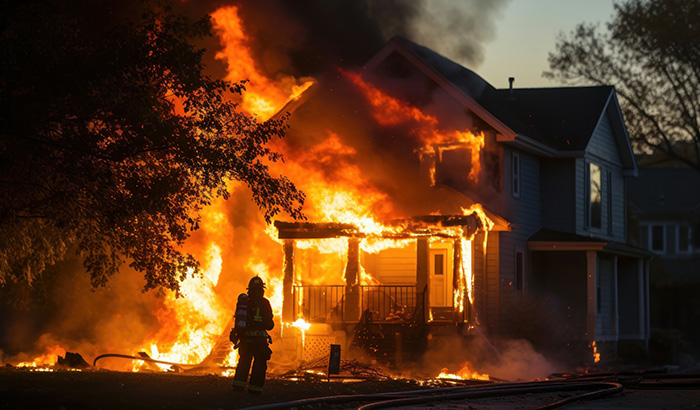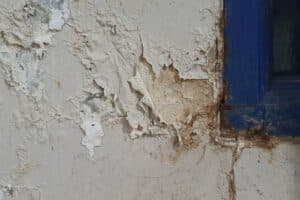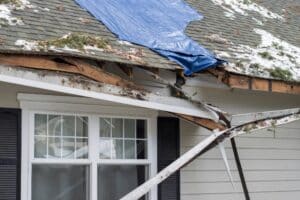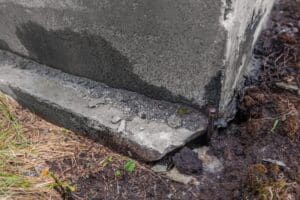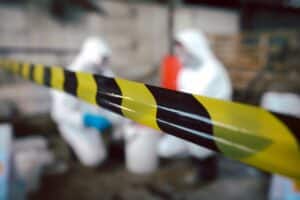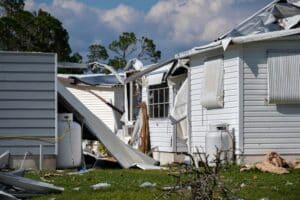Navigating a fire’s aftermath can be overwhelming, especially when it comes to filing a fire damage insurance claim—we’re here to guide you through it.
Amidst the chaos of a house fire, one crucial aspect that demands immediate attention is documenting fire damage for insurance claims. Adequate documentation not only expedites the claims process but also ensures that policyholders receive fair compensation for their losses. Let’s delve into helpful tips and best practices for effectively documenting fire damage for insurance claims.
What is fire insurance?
Fire insurance covers the costs of repairs and losses caused by a house fire. It’s likely already covered under your home insurance policy, but if not, purchase it separately for peace of mind. Most lenders require proof of homeowner’s insurance in the amount to cover the sum of the loan. In any event, obtaining coverage is a smart way to safeguard your most valuable investment from fire.
Get to know your policy
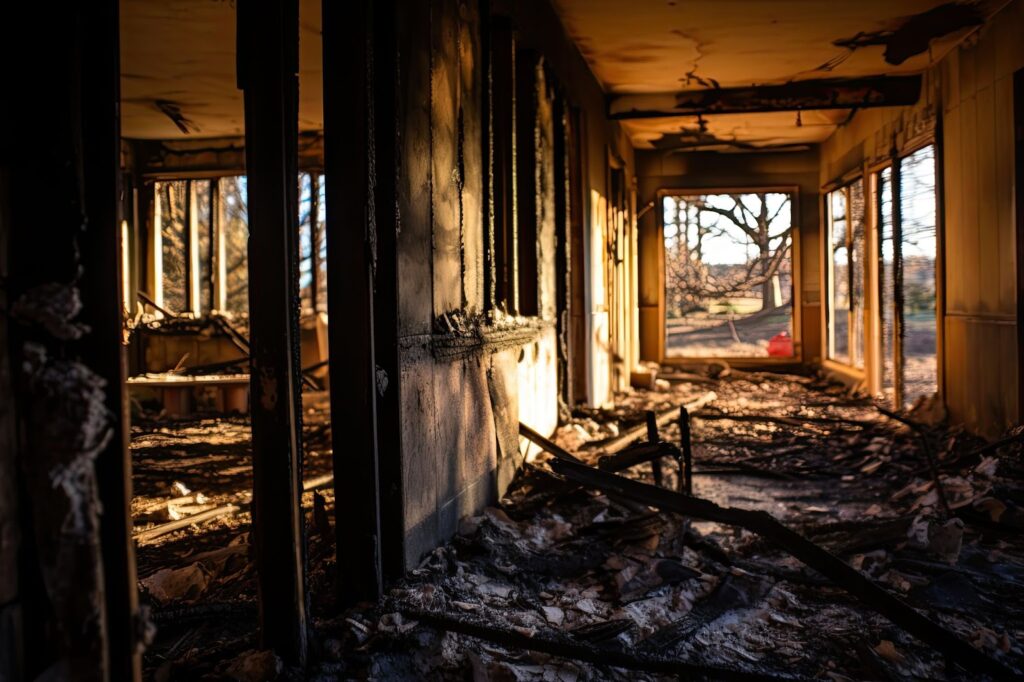
Understanding your fire insurance policy is crucial before disaster strikes. Study your policy document, paying close attention to details like coverage limits, deductibles, and what’s left out. Get to know what types of fire damage are covered, any tricky limitations, and how much you’re on the hook for with the deductible. Familiarity will only help you if you need to file a fire damage insurance claim.
Here are typical coverages to expect for fire insurance:
- Personal property – Personal property insurance protects your damaged valuables. Some custom or valuable products, such as unique jewelry, fine art, and high-end gadgets, may require additional coverage.
- Liability – If someone is hurt in a fire at your house, liability insurance will cover any legal or medical costs associated with the event.
- Total loss – If a fire renders your house uninhabitable, insurance will cover any additional expenditures incurred for temporary relocation.
- Dwelling – Dwelling coverage is the portion of a homeowner’s insurance policy that covers the cost of repairing or rebuilding your house. Dwelling coverage also protects built-in appliances and house systems.
Understanding what your policy doesn’t cover is equally important as knowing what it will cover. For example, fire insurance typically won’t cover a fire you intentionally started. It will also not protect against flames caused by conflict, nuclear radiation, or pollution.
If a flood, earthquake, or other prohibited risk in your policy causes a fire, you’ll need additional coverage to recover your losses. Also, if you or your family members are wounded in a fire, homeowner’s insurance will not cover your medical expenditures. Knowing these limitations will better help you mentally and financially prepare for any potential disaster.
Safety first
Before you start documenting fire damage, practice safety first! Make sure the place is safe to enter, and you’ve got the green light from the fire department or the right authorities. Slip on protective gloves and a mask for good measure, keeping yourself guarded against any potential hazards like soot or weakened structures. It’s all about staying safe while assessing the damage.
Secure your property
After a fire, your property becomes susceptible to additional risks like weather damage, vandalism, or unauthorized entry. If it’s safe to enter, take swift action to secure the premises before documenting fire damage. Board up any windows or doors left exposed by the fire and consider installing temporary fencing to deter trespassers.
If your house is unstable following a fire, restoration contractors will secure and stabilize it with board-up services and roof tarping. The purpose of this step is to preserve your house and prevent more damage as the insurance claim procedure progresses. Do not ask these providers to begin rebuilding or restoration until you file a fire damage insurance claim.
File the claim
If your home has been through a fire, big or small, processing an insurance claim ASAP is critical. Filing fire damage claims sooner means receiving your claims reimbursement faster, leaving less space for more harm to develop, and resuming normal life sooner rather than later.
When submitting a fire damage claim, your insurance company will want any documentation of the damaged house and belongings. They will also send out their own adjuster to assess the damage and determine how much and when your claim will be reimbursed. Your agent will walk you through this process to make sure everything is accounted for.
Take general photos of the damage
Fire damage claims always begin with thorough photo documentation. Take extensive photos of the whole property, as these overview photos offer perspective for the scale of the destruction. Capture photographs from various vantage points, both within and outside the premises. This will be used as a visual baseline to analyze the fire’s impact.
Note any structural damage
Next, take note of any structural damage caused by the fire. This includes collapsing ceilings, damaged walls, and weakened foundations. Pay particular attention to any structural components that could present a problem down the line, such as weakening support beams. Documenting structural damage is critical for both safety evaluations and proper claim evaluations.
Make a list of any destroyed items
As you make your fire damage claims, also draft a detailed list of damaged items. This inventory serves as crucial documentation for your insurance claim and helps you receive proper compensation for your losses. Be thorough in your list, including descriptions of each item, quantities, and their estimated value.
Taking photos or videos of the damage can also be helpful supplementary evidence. Having a comprehensive record of your damaged belongings will streamline the claims process and make it easier to assess the extent of your losses.
Meet the adjuster
When your insurance adjuster shows up to assess your property and belongings, it’s crucial to be there to welcome them. After all, you know your house inside and out, especially if you’ve recently experienced fire damage. Take the opportunity to walk them through the property, pointing out any damage they might overlook.
During your meeting with the adjuster, make sure to keep thorough documentation of everything you discuss. From policy limits to deductibles, and even questions about loss of use coverage, it’s essential to have a record of all conversations. Don’t forget to keep track of any papers you sign as well. This documentation will help support your claim and serve as legal protection in case of disputes.
Get multiple estimates
While the insurance company may suggest a vendor to provide you with a repair quote, it’s crucial to seek multiple estimates from reputable contractors of your choosing. Insurance companies often have established relationships with their preferred vendors. Seeking additional estimates not only offers peace of mind but also saves you time and money in the long run.
Be cautious of fraud
Be cautious as you may encounter numerous contractors, roofers, and other vendors reaching out to offer their services to property owners affected by the fire. Verify all necessary licenses and thoroughly check references before making any decisions. Also, note that restoration professionals are not licensed to handle insurance claims on behalf of policyholders.
Hire a fire restoration company
Once you’ve reached out to your insurance provider and discussed the next steps, they’ll guide you on when to engage with a fire damage restoration firm. These specialists are crucial for addressing urgent issues like water damage, securing the property, and ensuring proper ventilation. Additionally, they excel at guiding their clients through the recovery process.
Your chosen restoration team will collaborate closely with local fire department personnel to commence work promptly and safely. Upon arrival, an emergency response team will assess the extent of the damage and devise a comprehensive plan for fire repair services. Immediate steps, such as water removal to prevent further damage, are prioritized.
In addition, restoration companies will utilize specialized cleaning products and techniques to eradicate any lingering signs of smoke from your home. Smoke damage can persist even after the flames are extinguished, posing a significant threat to your property and belongings. Addressing this issue early on is among the primary tasks undertaken by your restoration team.
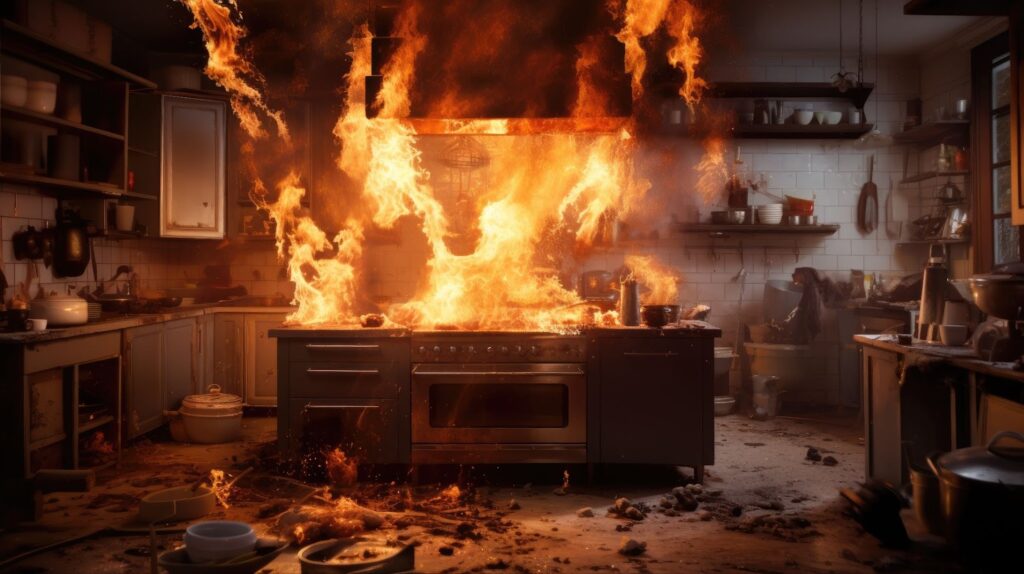
Document the cleanup process
As part of the documentation process, document the cleanup and restoration operations. Take photos of dirt collection, damaged items, and the restoration process. This not only documents the rehabilitation process, but also serves as documentation of the efforts taken to prevent additional harm.
Ask for an advance on your claim
If the fire damage is severe enough that you must evacuate your house and seek temporary accommodation, it’s fair to request an advance on your claim. While this is not a guarantee, they may be willing to pay a portion of the claim upfront to alleviate the cost of these unforeseen expenses.
Black Diamond Restoration is here for you after a house fire
After you file a fire damage insurance claim, reach out to Black Diamond Water Damage and Disaster Restoration for the most effective house fire damage restoration services in Utah. Our commitment to providing excellent service has brought us to the forefront of the industry. We are situated in Murray, Utah, and proudly service Salt Lake City and the neighboring areas.
Black Diamond Restoration provides efficient, effective, and trustworthy fire damage regeneration services. Our experienced and trained personnel will guide you through the restoration procedures and restore your house to the highest standards. To learn more, contact Black Diamond Restoration today!
toto slot